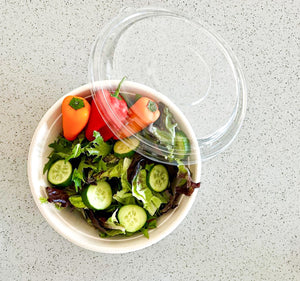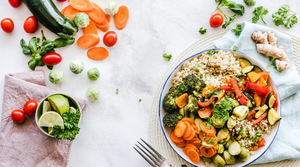Sugar has been in the news lately as sugar addiction does pose health risks such as obesity, heart disease and diabetes. Hence the impending introduction of the new sugar tax on the soft drinks industry.
What about rice?
Besides bread and potatoes, rice does form a significant portion of our carbs intake and since the curry with its important rice accompaniment is almost touted as UK national dish, we should be concerned if rice poses a health risk.

But what’s the link between white rice, glycemic index (GI) and diabetes?
Sugar in the blood comes from the food we eat. This includes not just sugar per se, but also carbohydrates like rice and bread, which turn into sugar when digested. Eating a lot of white rice can cause sugar spikes in your blood, leading to overworked pancreas and type 2 diabetes.
The body's pancreas produces a hormone called insulin that is needed to move sugar from the blood to tissues in the body. The pancreas then has to work extra hard to get rid of this sudden increase of sugar in the blood. When this happens too often, the pancreas can get fatigued and produces less insulin than needed, or the insulin it produces is not able to do the work efficiently, leaving much of the sugar in the blood. Sugar blocks the flow of blood, especially in the small vessels. This makes it hard for blood to get to the organs. Over time, it can lead to damage to the eyes, heart, nerves, feet and kidneys.
What is glycemic index (GI)?
The glycemic index (GI) ranks foods based on the impact they have on your blood sugar. The higher a food's glycemic index, the higher it elevates the amount of glucose coursing through your veins. Low GI foods have GIs of 55 or less; medium GI foods have GIs of 56-69 and high GI foods have GIs of 70 or more
What should we eat our curry with then?
Some varieties of rice have a lower GI. The more processed and the shorter the rice grain, the faster it is digested and turned into sugar. This means unpolished long- grain rice is the slowest to digest, while short-grain white rice is the fastest. This also means short-grain white rice has a high glycemic index.
Some choices and their GIs are:
Basmati Rice - 52
Brown rice - 55 (additional fibre and nutrients)
Long grain white rice - 56
Short grain white rice - 72
Other Considerations
GI is just one measure of a healthy diet and it has its limitations and flaws (more about GI and healthy eating in my next blog post).
- Besides the GI, the amount of carbs eaten is also important for managing blood glucose and for losing or maintaining weight. Eating too much carbs, even brown rice can lead to diabetes!
- The GI of a food changes when it is eaten in combination with other food. For example eating white rice with protein such as fish, meat, legumes, eggs and soya cake and fibres such as broccoli, spinach, carrots will lower its GI and slows down the digestion of the meal.
- Many nutritious foods have a higher GI than foods with little nutritional value. For example, oatmeal has a higher GI than chocolate.
There is no one diet or meal plan that works for everyone with diabetes. The meal plan need to be tailored to personal preferences and lifestyle in order to help achieve goals for blood glucose, blood pressure and weight management.




